The siding on your house is often one of the most overlooked parts when it comes to maintenance and checking for damage. In most cases, we don\’t notice damage to the siding of our homes until it becomes an eyesore. While it may not be at the top of your to-do list, checking your siding for signs of damage is essential. The overall look, strength, and efficiency of your home are highly dependent on the health of the siding. Here are a few ways to spot siding damage in your home.
Common Signs of Siding Damage
High Energy Bills
If your recent utility bills are higher than usual and you cannot seem to find the cause, it might be time to check on your siding. Although many things can lead to high energy bills in your home, your siding could be a contributing factor. Aside from making your home beautiful, the siding was designed to help your home retain comfortable temperatures and protect you from outside elements. If your siding is old or improperly installed, this could lead to insulation problems, resulting in a higher energy bill.
Cracking, Warping, or Rotting
Cracking, warping, or rotting can be the most apparent signs of siding damage. You may have noticed these problems while picking up a package from the front door or tending to your garden. Either way, these are telltale signs that your siding is damaged. Cracks can be dangerous to the integrity of your home, as the most minor crack can lead to massive damage. First, any crack in the siding can allow rainwater to seep into your home and result in water damage. It can also make your home more susceptible to mold and mildew.
Cracks in the siding can be a result of wear and tear or sudden impact. If left untreated for too long, natural weathering will cause your siding to begin to warp or rot.
Mold Growth on The Siding
Mold growth can sometimes be difficult to spot if you are not looking closely. Mold growth can indicate that there is moisture infiltrating your home’s siding. Moisture is the perfect environment for mold formation and growth. Moisture can come from rain, ice, or humidity, and it can sneak its way into any cracks it can find. Mold can pose a significant amount of damage and risk for you and your family. Not only does it make your home vulnerable to additional damage, but there can also be serious health risks associated with mold in the home.
Peeling Paint On Interior Walls
Paint is responsible for more than just aesthetics when it comes to your siding. Paint also serves as a sealant and protector of your siding. If moisture is getting through the siding and into your walls, it can peel the paint and wallpaper off inside your home. If you notice signs of paint peeling in your home, consider reaching out to your local siding repair company to avoid any further damage.
Pest Damage
One of the most common reasons homeowners need to replace or repair their siding is that they have noticed signs of pest infestation. Termites are the most common culprits for this. If not addressed in time, termite damage can result in significant repair costs.
Common Causes of Siding Damage
Although your siding can withstand many harsh conditions, there are certain things that can damage it.
Pests
Pest attacks are common among sidings, especially wood. Pests such as termites, bees, and woodpeckers can attack and cause damage to the siding of your home. This can be prevented by using eco-friendly pesticides that will not damage your trees or the greenery around your home.
Poor Maintenance
Sidings are generally low-maintenance. However, low maintenance does not mean no maintenance. Regular maintenance should be done to your home\’s siding a few times per year. Ideally, you want to inspect your siding once or twice a year and after severe weather. Regular maintenance can catch any issues before they become too big because siding replacements can be a costly job.
Wear and Tear
Wear and tear is natural for every material. Unfortunately, it is something that is unavoidable. After a certain amount of time, materials begin to deteriorate and will require replacement. Some signs of wear and tear on your siding include the following:
- Crumbling or rotting
- Cracks in the material
- Mold, mildew, and fungi
- Bulging or warped panels
Moisture or Water Damage
Moisture or water damage on the siding of your home can be caused by various things. If your siding is damaged, it can result in water accumulation which is one of the last things you want in your home. The siding of your home is its outer layer of protection. Any signs of water damage can cause further deterioration, so water damage is something that should be addressed the second it is caught. The effects of water damage result in leaks in your home and the need for expensive repairs.
Poor Installation
Not all siding installation companies are up to standard when it comes to quality work. Some may try to cut corners or use cheap materials, and this can come back to hurt homeowners in the future. Although you may not be responsible for hiring the company that initially installed the siding on your home, the quality remains the same. Poor installation can cause the siding of your home to be more vulnerable to damage and deteriorate faster. When hiring your next contractor, be sure to do your research so the same mistake is not made twice.
Reach Out to Our Team at Canga Restoration in Chicago, IL, for Help
Reaching out to our team at Canga Restoration as soon as possible can help to ensure your siding will last for several years to come. We can come to you and provide you with a free estimate on how much it will cost to make any repairs. Our team of professionals are licensed, insured, and ready to help. Contact us today for more information.
Subscribe to Canga Roofing's Blog


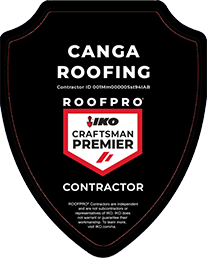
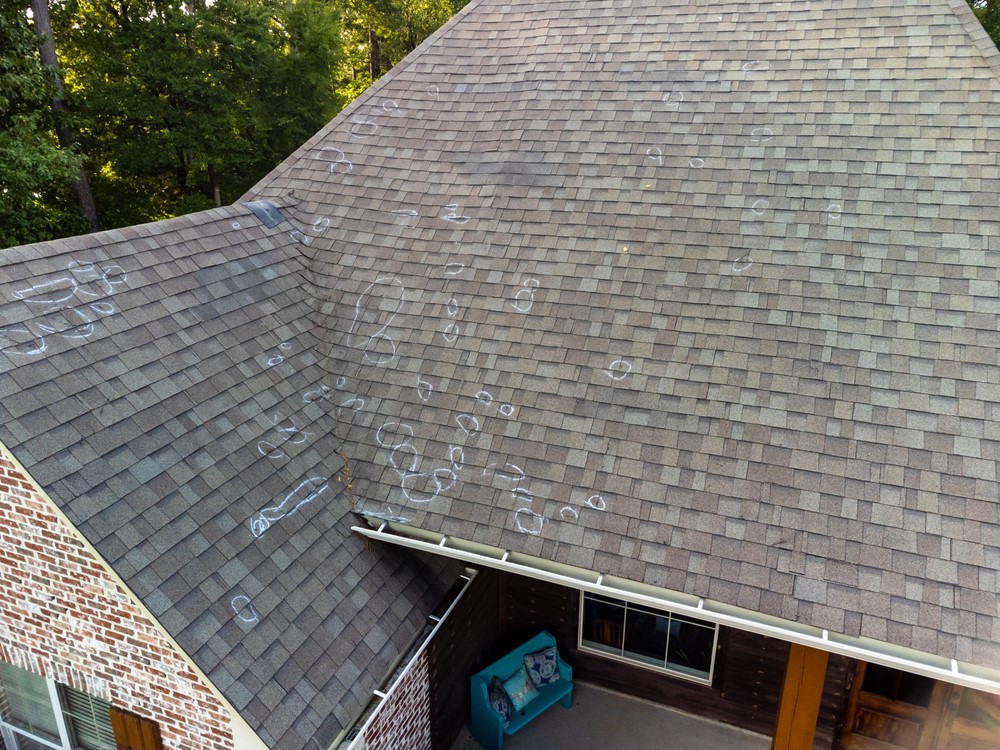
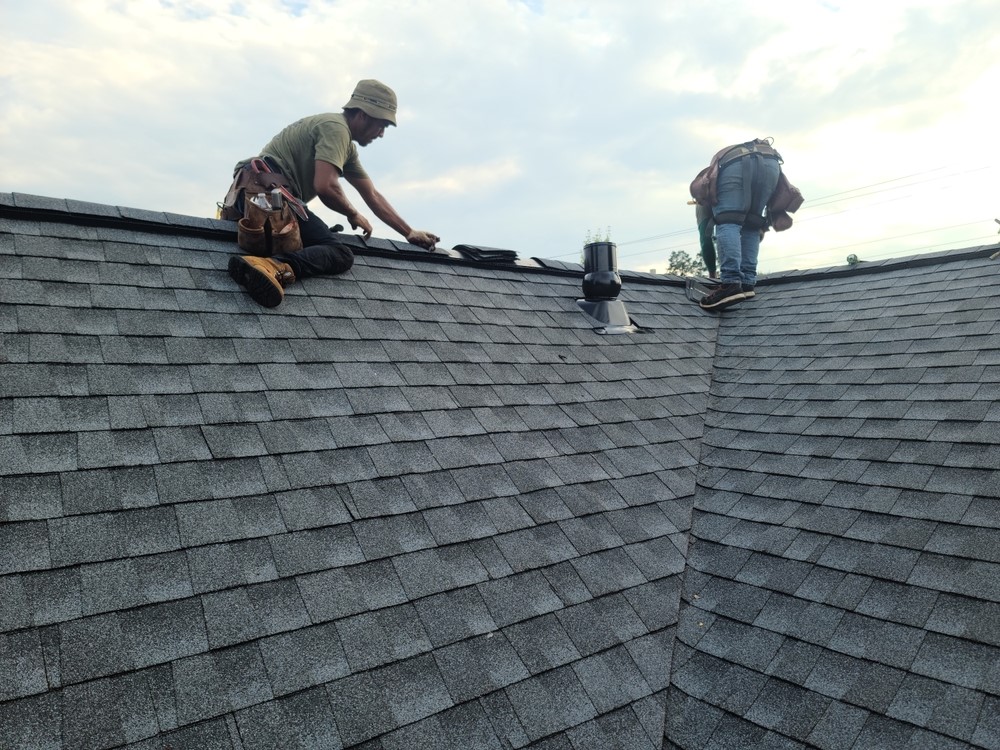
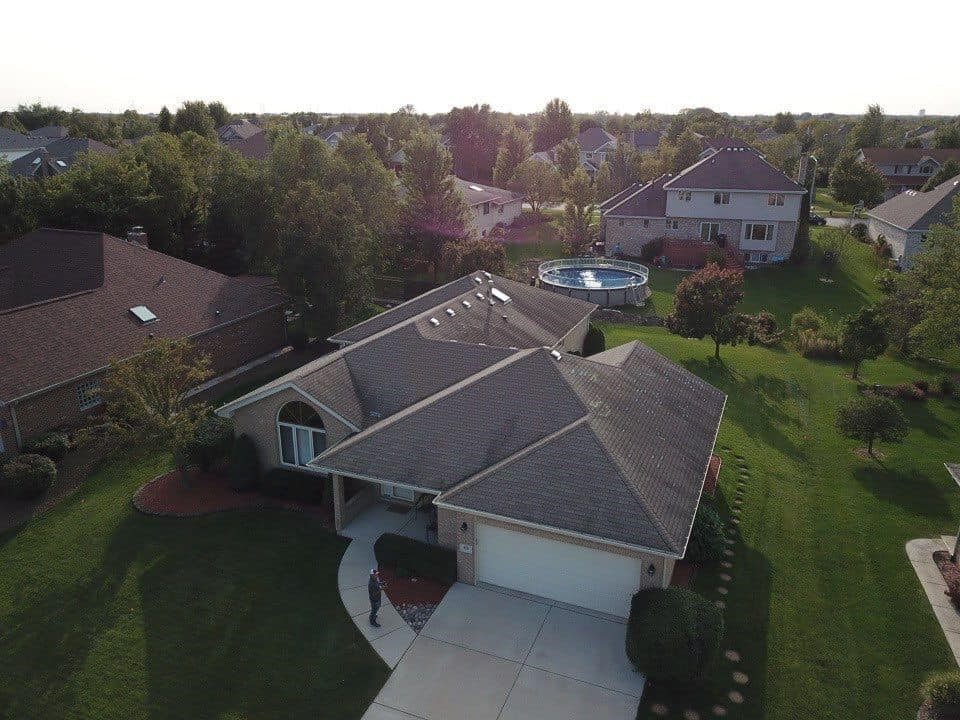
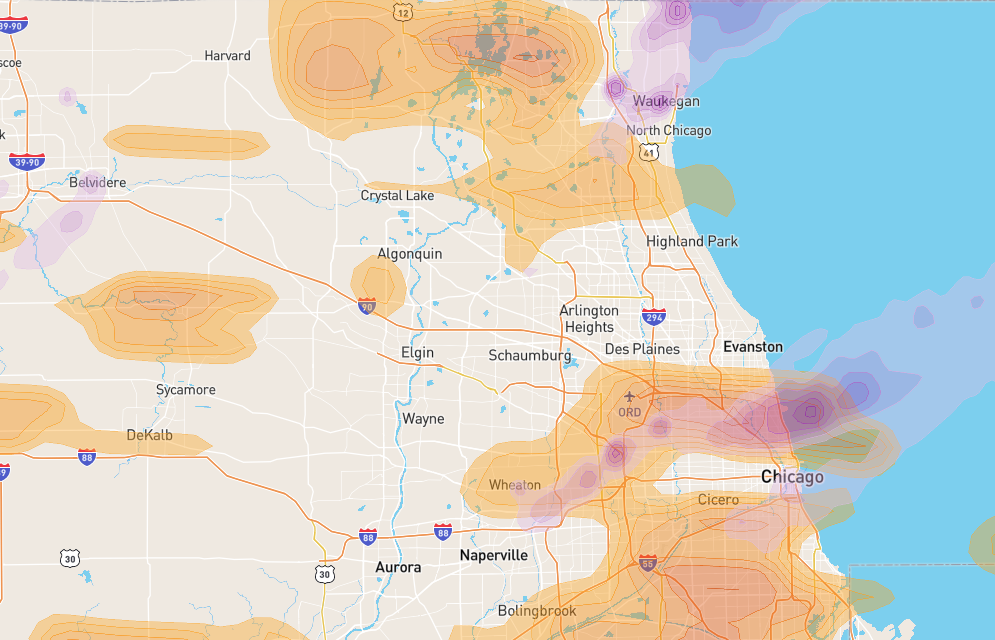
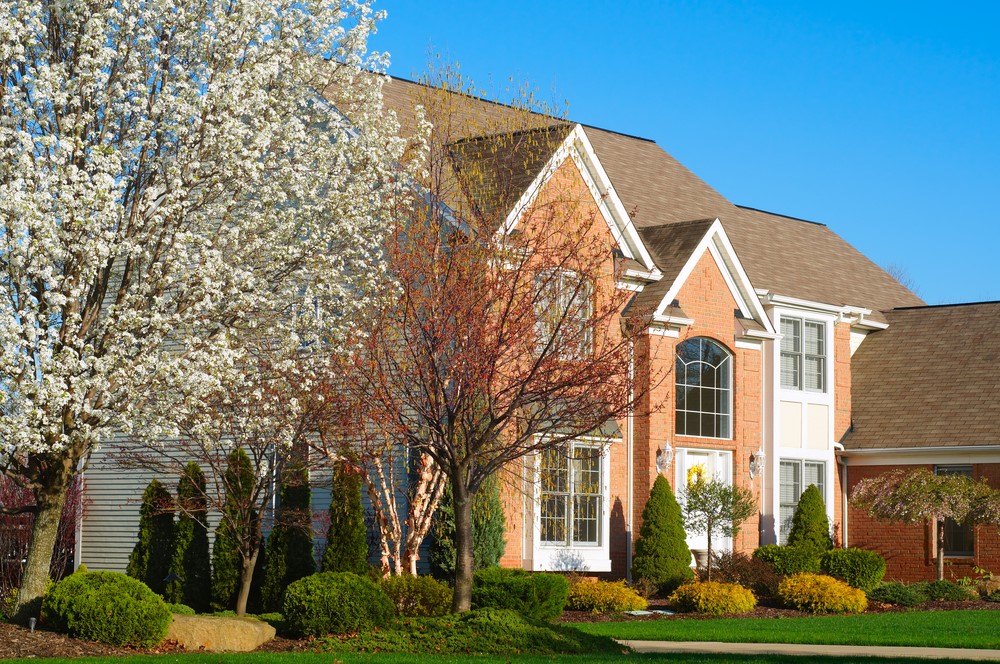


Comments